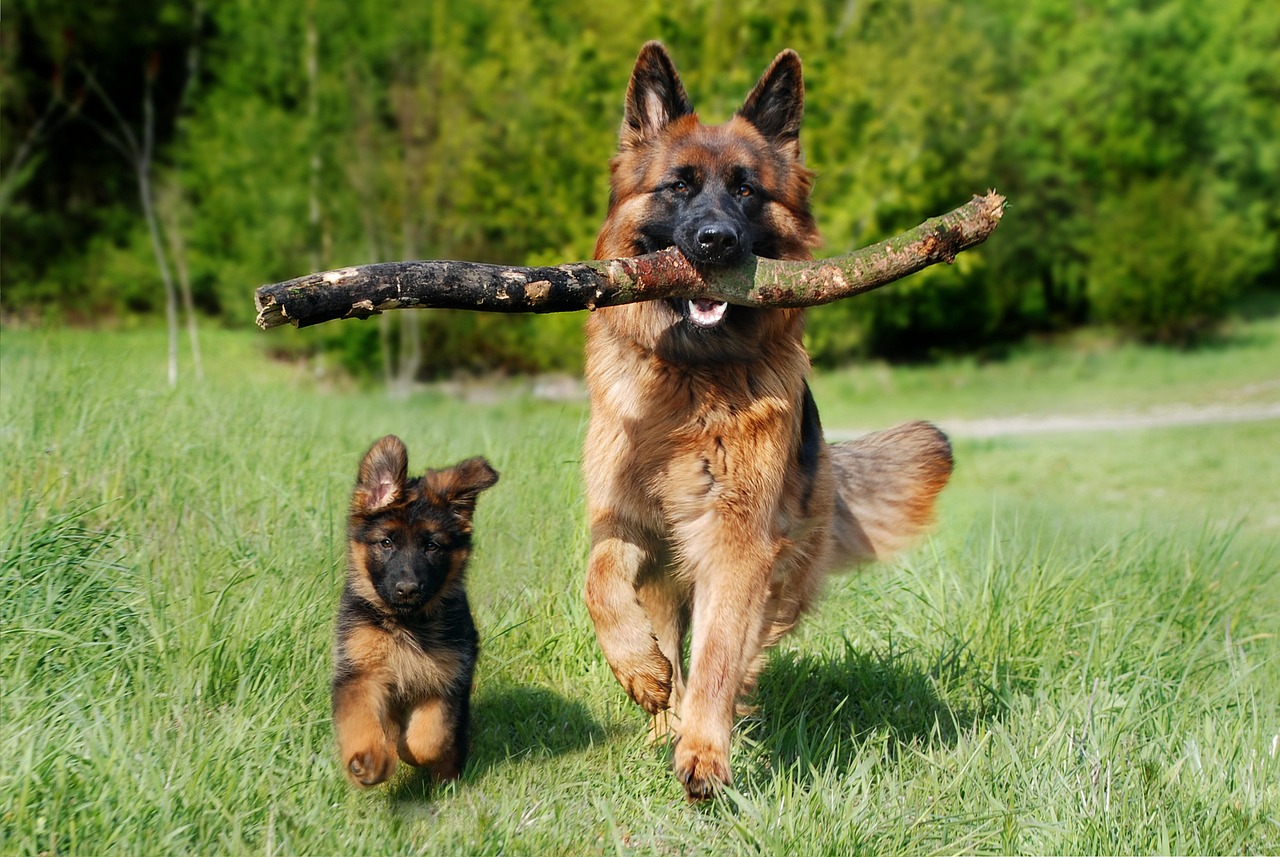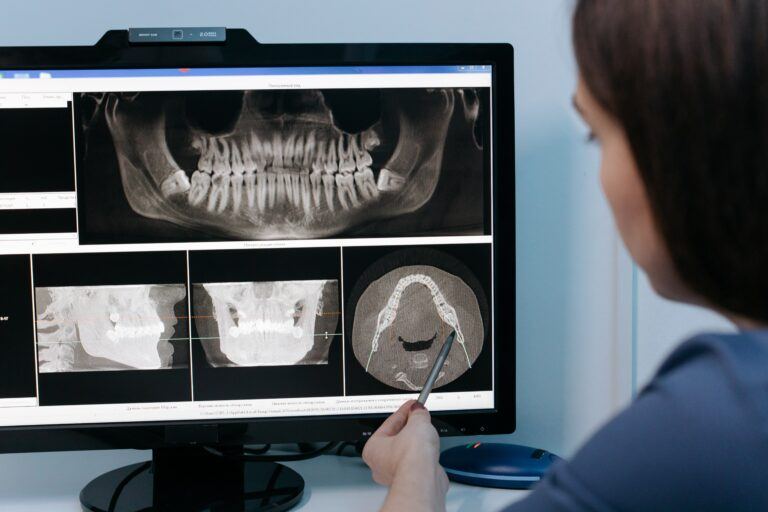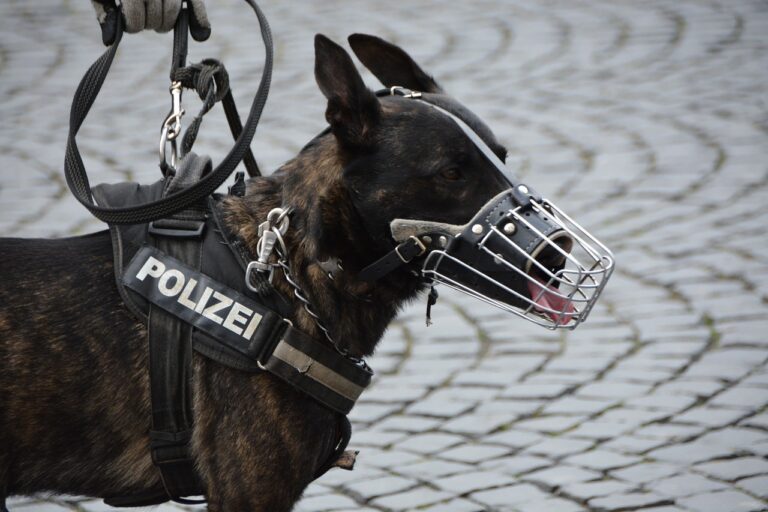3 Important Ways Animal Forensics Cracks Cases
Forensic science is most commonly associated with human-related evidence like fingerprints, DNA, or ballistics. However, there’s a fascinating branch of forensics that focuses on animals and their unique contributions to solving crimes. Known as animal forensics, this field involves the analysis of animal hair, fur, and footprints to link suspects to crime scenes, reconstruct events, or even identify animal abuse.
Animal forensics can play a critical role in investigations, especially when traditional evidence is scarce or inconclusive. By examining animal hair or fur found at a crime scene, forensic scientists can determine the species and, in some cases, even identify a specific animal. This can be crucial in cases where a suspect has pets or works with animals, creating a potential link between them and the crime.
In this article, we’ll explore how animal forensics works, the types of evidence used in this field, and real-world cases where animal-related evidence helped crack complex investigations. We’ll also discuss the challenges and limitations of animal forensics and why it’s becoming an increasingly important tool in the fight against crime.
Table of Contents
Types of Animal Evidence in Forensics
Animal forensics relies on a variety of evidence types to link suspects to crime scenes and piece together the sequence of events. These types of evidence range from animal hair and fur to footprints and tracks. Understanding how these different elements can be used in crime scene investigations is key to appreciating the value of animal forensics.
A. Animal Hair and Fur
Animal hair and fur are among the most common types of evidence analyzed in animal forensics. This evidence can be found at crime scenes, on victims, or on suspects. Here’s how investigators use it:
- Identification of Animal Species: Forensic scientists can examine the structure, color, and texture of animal hair and fur to identify the species it came from. By determining the animal species, investigators can establish connections between suspects, victims, and crime scenes.
- DNA Analysis: In some cases, forensic scientists can extract DNA from animal hair and fur, providing a more detailed profile of the source animal. This can be particularly useful in cases where specific animals are associated with a suspect or victim. DNA analysis can also help determine if different hairs came from the same animal, further linking suspects to the crime scene.
B. Animal Footprints and Tracks
Animal footprints and tracks offer unique insights into a crime scene, often revealing movement patterns or the presence of specific animals. This type of evidence can be critical in various types of investigations:

- Identification of Animal Species: Footprints and tracks can be analyzed to determine the type of animal that made them. Investigators study the size, shape, and depth of the prints to identify whether they were made by pets, wildlife, or other animals. This can help establish whether certain animals were at the crime scene.
- Determining Movement Patterns: By analyzing the direction, stride length, and distribution of footprints, investigators can track movement across a crime scene. This can be useful in determining the route taken by a suspect or understanding how an animal was involved in an incident.
- Comparing with Known Prints: Investigators can compare footprints found at a crime scene with those of animals known to be associated with a suspect or victim. This comparison can create a link that helps place a suspect at the scene or refute a suspect’s alibi.
- Real-World Examples: Animal footprints have been instrumental in solving crimes. For example, if footprints from a specific breed of dog are found at a scene, and a suspect owns such a dog, it can suggest their presence. Additionally, footprints can help identify patterns, such as a dog following its owner or an animal leading investigators to crucial evidence.
Animal evidence provides a unique dimension to crime scene analysis, offering clues that can be vital in solving complex cases. By understanding the types of animal evidence and how they are analyzed, investigators can unlock new insights and increase the accuracy of their investigations.
In the next section, we’ll explore how this evidence is used to link suspects to crime scenes and how it plays a pivotal role in solving crimes.
Utilizing Animal Evidence to Link Suspects to Crime Scenes
By examining animal hair, fur, footprints, and other animal-related evidence, investigators can make connections that would otherwise be difficult to establish. Let’s explore how animal forensics is used to link suspects to crime scenes and provide key insights in solving crimes.
A. Matching Animal Hair to Suspects
Animal hair and fur can serve as valuable forensic evidence, often found on clothing, in vehicles, or at crime scenes. Here’s how it is used to connect suspects to crime scenes:
- Cross-Contamination of Hair and Fur: When a person has pets, their clothing and belongings are likely to have traces of animal hair or fur. If hair from a specific pet is found at a crime scene, it can link that suspect to the scene. Similarly, if hair from an unknown source is found on a suspect, it can suggest they were at a specific location.
- DNA Analysis of Animal Hair: DNA analysis allows forensic scientists to identify the species or even the individual animal. This can be critical in cases where suspects have unique pets. If DNA from a particular animal matches hair found at a crime scene, it can strongly suggest a connection between the suspect and the scene.
By linking animal evidence to suspects and crime scenes, investigators can build a stronger case and uncover crucial information that might otherwise go unnoticed. In the following section, we’ll discuss how experts collaborate to analyze animal evidence.
Collaboration Among Experts in Animal Forensics
Animal forensics involves a multidisciplinary approach, where different experts work together to analyze and interpret evidence related to animals. This collaboration is crucial for ensuring that all aspects of the investigation are covered and that the evidence is thoroughly examined.
A. Veterinary Forensic Pathologists
Veterinary forensic pathologists are experts in animal biology and anatomy. They play a central role in animal forensics by examining animal-related evidence to determine its significance in a criminal investigation. Here’s what they do:
- Conducting Animal Autopsies: In cases where an animal is involved in a crime, veterinary forensic pathologists perform autopsies to determine the cause of death or injury. This is especially important in cases of animal cruelty or when an animal’s death might be linked to a broader crime.
- Identifying Signs of Abuse or Trauma: These experts can identify signs of abuse, neglect, or trauma in animals. This information can be critical in investigations involving animal cruelty or cases where an animal’s condition is used as evidence.
- Collaboration with Other Forensic Experts: Veterinary forensic pathologists often work closely with other forensic scientists, providing insights into the animal-related aspects of a crime scene. Their knowledge helps link animal evidence to specific events or establish connections between suspects and crime scenes.
B. Animal Behaviorists and Zoologists
Animal behaviorists and zoologists bring a unique perspective to animal forensics by studying animal behavior and species characteristics. Their expertise can be invaluable in understanding how animals interact with their environment and how this might relate to a crime.
- Analyzing Animal Behavior at Crime Scenes: Animal behaviorists can analyze the behavior of pets or wildlife at crime scenes to understand their role in the event. For example, they can determine if an animal’s behavior indicates distress, aggression, or other emotions that might suggest a violent event.
- Identifying Animal Species and Traits: Zoologists are experts in animal taxonomy and can identify different species based on hair, fur, or footprints. This can be crucial in determining whether specific animals were present at a crime scene or linking them to suspects.
- Working with Investigators to Reconstruct Events: Animal behaviorists and zoologists can help reconstruct events by analyzing animal evidence and providing insights into how animals might have interacted with the environment. This can assist investigators in understanding the sequence of events and identifying possible staging or manipulation.
C. Forensic Scientists and Crime Scene Analysts
Forensic scientists and crime scene analysts are essential in collecting, preserving, and analyzing animal-related evidence. They collaborate with veterinary pathologists and animal behaviorists to ensure that the evidence is processed correctly and interpreted accurately.
- Collecting and Preserving Animal Evidence: Forensic scientists ensure that animal-related evidence is collected properly and preserved to prevent contamination. They use specialized techniques to collect hair, fur, footprints, and other animal-related evidence without compromising its integrity.
- Analyzing Animal DNA and Other Forensic Data: Forensic scientists are responsible for analyzing animal DNA and other forensic data to establish links between suspects and crime scenes. They use advanced technology to identify unique markers in animal hair and fur, providing critical information for investigations.
- Collaborating with Other Experts to Solve Crimes: Crime scene analysts work closely with other experts to ensure that all aspects of the investigation are covered. They bring together the findings from various disciplines to build a comprehensive picture of the crime scene and help solve complex cases.
By collaborating, veterinary forensics pathologist can leverage their collective knowledge to uncover critical evidence, identify links between suspects and crime scenes, and ultimately help bring justice to victims. In the next section, we’ll discuss the challenges and limitations faced in animal forensics and how investigators overcome these obstacles to ensure accurate results.
Challenges and Limitations of Animal Forensics
Animal forensics is a powerful tool for solving crimes, but it comes with its own set of challenges and limitations. The success of investigations that rely on animal-related evidence depends on the expertise of the forensic team and their ability to navigate these complexities. Let’s examine some of the most common challenges in animal forensics and how they can affect the investigation process.
A. Differentiating Between Natural and Planted Evidence
One major challenge is determining whether evidence at a crime scene is natural or has been deliberately placed to mislead investigators. This is especially important in cases where animal evidence could be used to frame someone or hide a crime.
- Misinterpretation Risks: If animal hair or footprints are interpreted incorrectly, it could lead investigators down the wrong path. For example, animal hair found at a scene might have arrived there naturally through shedding or transfer, rather than indicating a connection between a suspect and a crime.
- Ensuring Accurate Analysis: To avoid misinterpretation, forensic experts must carefully examine all evidence and consider the broader context. This might involve reconstructing the scene to understand how animal evidence could have been naturally introduced.
B. Contamination Risks
Contamination is a significant concern in any forensic investigation, and animal forensics is no exception. Contamination can occur when evidence is mishandled, not properly preserved, or exposed to outside elements.
- Contaminated Evidence Compromises Investigations: If animal-related evidence is contaminated, it can lose its value in court or lead to incorrect conclusions. Contamination risks include transfer of hair from one place to another, accidental mixing of samples, or degradation of DNA.
- Strict Evidence Collection and Preservation Protocols: To minimize contamination risks, forensic teams must follow strict protocols for collecting and preserving animal evidence. This includes using sterile equipment, maintaining a clear chain of custody, and storing evidence in controlled environments.
C. Limitations in Forensic Technology
While forensic technology has advanced significantly, there are still limitations in animal forensics. Not all animal evidence can be analyzed with the same level of precision as human evidence, which can pose challenges in some investigations.

- Incomplete DNA Profiles: In some cases, animal hair or fur may not yield complete DNA profiles, limiting the ability to identify a specific animal or make definitive connections. This can happen if the hair lacks a viable root or if the DNA is degraded.
- Limitations in Footprint Analysis: Footprint analysis is often subjective, and determining exact matches can be challenging. Variations in animal weight, movement, and ground conditions can affect the accuracy of footprint analysis.
D. Legal and Ethical Considerations
Animal forensics can also involve legal and ethical considerations, especially when dealing with animal abuse or cases where animals are involved in crimes.
- Legal Challenges in Court: Animal-related evidence may require expert testimony to be admissible in court. Forensic experts must be prepared to explain their findings and defend the reliability of animal evidence.
- Ethical Treatment of Animals: Investigations involving animals must ensure ethical treatment and avoid causing harm. Veterinary forensic pathologists play a crucial role in advocating for animal welfare during investigations.
Despite these challenges, animal forensics remains a valuable tool in modern investigations. By addressing these limitations and following best practices, forensic experts can ensure the accuracy and integrity of animal-related evidence.
Conclusion
Animal forensics is a critical and expanding field within crime scene investigation, providing unique insights into complex cases. By analyzing animal hair, fur, footprints, and other animal-related evidence, investigators can connect suspects to crime scenes, reconstruct events, and reveal hidden links that traditional methods might overlook.
Despite the challenges—such as contamination risks and misinterpretation—animal forensics has proven invaluable in solving crimes and bringing justice to victims. The field plays a significant role in addressing both violent crimes and cases of animal cruelty. By offering concrete evidence that can stand up in court, animal forensics helps ensure that justice is served, providing closure to victims and their families.
I trust you found this article informative. Please feel free to leave comments below. Be sure to read my upcoming articles to discover unusual evidence at crime scenes and how investigators expose staged crime scenes.
Furthermore, explore my other website for comprehensive safety tips for women in various situations.
Willie McCain






